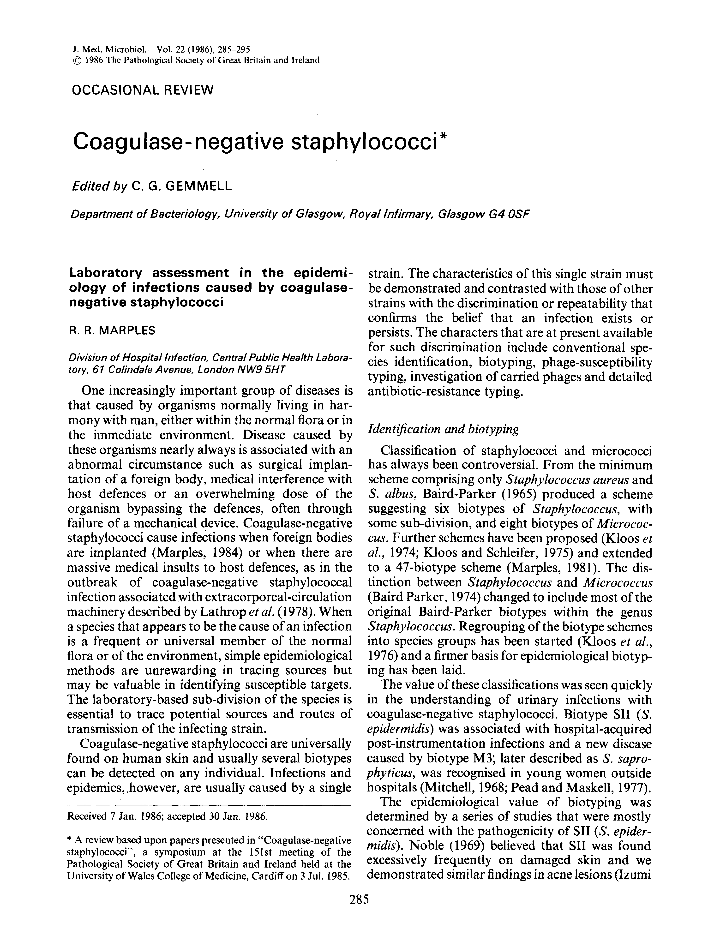
Full text loading...

Coagulase-negative staphylococci * , Page 1 of 1
< Previous page | Next page > /docserver/preview/fulltext/jmm/22/4/medmicro-22-4-285-1.gif
There is no abstract available.

Article metrics loading...

Full text loading...
References


Data & Media loading...
